It’s a Hollywood story. For 31 years, the Hubble telescope has been orbiting the Earth at an altitude of about 550 kilometers, providing us with impressive images of distant stars and galaxies. The mission was originally supposed to last only 15 years, but our galaxy’s distant telescope is still in orbit, and so far it has sent nearly 1.5 million images back to Earth.
However, on June 13, 2021, the Hubble payload computer, which controls and coordinates the scientific instruments on the telescope, suddenly failed. When the main computer stops receiving the signal from the payload computer, it automatically puts all of the Hubble science instruments to sleep. But all the team’s attempts to reboot the malfunctioning computer through the main computer failed.
Hubble also photographed the giant nebula NGC 2014 and its neighboring galaxy NGC 2020.
There is a spare computer but how does it work?
This is no cause for concern, as important Hubble components were installed in two versions after all, just in case. There is also a spare computer, which has never been used since the launch of the telescope in 1990. But a computer like this cannot be turned on by simply pressing the power switch.
How is it possible that NASA, the high-tech, no longer knows how these devices worked before? Imagine you found a chest with your childhood memories in the basement: a music tape with your old favorite songs and a floppy disk with pictures. When your grandson asks you about these weird instruments, you wonder who still has a cassette player and floppy disks for playing the recordings.
These are ordinary examples, but old technology and knowledge are easily lost, and any mistake in NASA’s rescue could have marked the irreparable end of Hubble’s mission.
Retirees support the new team
Sure enough, Nzinga Toll, the head of Hubble’s emergency team, has rounded up some former employees. The overhaul of the telescope built in the 1980s required the knowledge of employees throughout Hubble’s history, NASA writes in an open statement after the success of the mission.
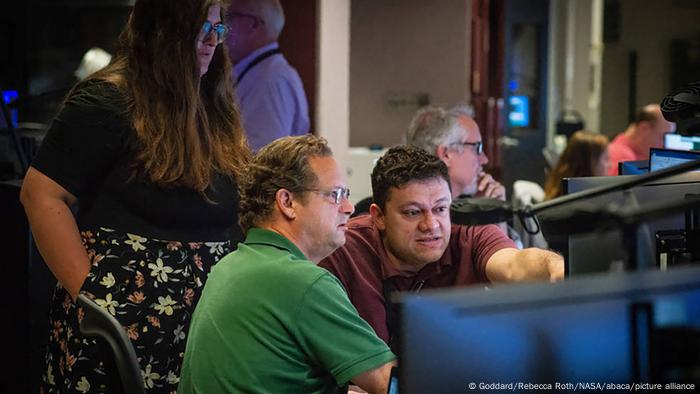
Computer startup was calculated step by step using a simulator.
More than 50 people participated in the rescue operation, which lasted for two weeks. New and old team members initially worked together on a list of potential weaknesses and tried to isolate the problem.
Analog knowledge in mind and on paper
Previous employees who had already been involved in building the telescope were still familiar with the old payload computer’s data and command processing unit. Other NASA retirees found the crucial evidence for the correct procedure in the original Hubble documents that ran from 30 to 40 years ago.
“This is one of the advantages of having a program that has been running for over 30 years: an incredible amount of experience and knowledge,” said Nzinga Toll. “It has been helpful and inspiring to work with both the current team and those who have moved on to other projects. They have all shown so much dedication to their colleagues at Hubble, to the observatory and to the science for which the telescope is known.”
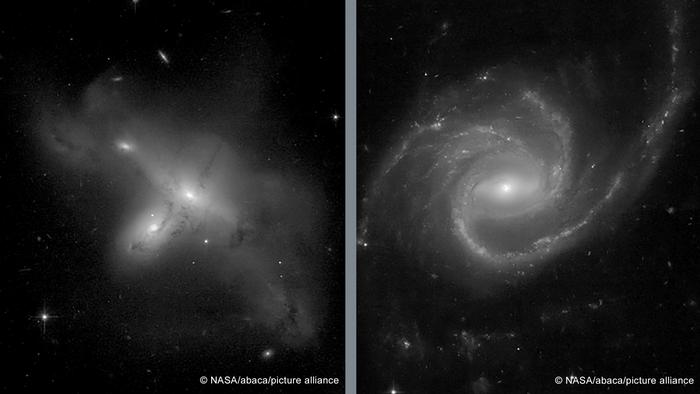
Hubble shows us two newly merged galaxies in Capricorn with three spiral arms
Galactic merger as a reward
Computer startup was calculated step by step in a simulator in the Control Center. Thanks to a combined effort, the backup computer was successfully commissioned on July 15, after a forced shutdown of five weeks.
Two days later, the machinesIt’s back to provide great images of distant galaxies. First, Hubble imaged two newly merged galaxies in Capricorn with three spiral arms. Thus, the space telescope is back in full operation thanks to the help of NASA retirees.
(ee/cp)
-
The most beautiful pictures taken by the Hubble Space Telescope
Computer problem solved
Between June 13 and July 15, 2021, the Hubble Space Telescope did not send images due to the failure of a computer controlling its technological devices. Therefore, NASA had to call the experts to return from retirement, and they managed to restart the computer. For more than three decades, Hubble has provided impressive images of the universe, and continues to do so.
-
The most beautiful pictures taken by the Hubble Space Telescope
Galaxy as a birthday gift
In 2020, NASA chose this image to celebrate the Hubble Space Telescope’s 30th birthday. Shown here is the giant nebula NGC 2014 and neighboring galaxy NGC 2020: together they are part of the stellar region of the Magellanic Cloud, a satellite galaxy of the Milky Way, located about 163,000 light-years from Earth.
-
The most beautiful pictures taken by the Hubble Space Telescope
Better than Star Wars?
In 2015, just in time for the premiere of a movie in the “Star Wars” saga, Hubble photographed a cosmic lightsaber 1,300 light-years from Earth. Here you can see the birth of a mixed star system with little interstellar dust. A space telescope always takes great pictures, as the following pictures show.
-
The most beautiful pictures taken by the Hubble Space Telescope
eyes in outer space
Since 1990, the space telescope veteran has been orbiting the Earth, at an altitude of 600 km and about 28,000 km per hour. Hubble is eleven meters long and weighs about eleven tons, meaning it is as big and heavy as a school bus.
-
The most beautiful pictures taken by the Hubble Space Telescope
between cosmic explosions
Hubble helped watch the birth of stars and planets, determine the age of the universe, and study the mysterious dark matter that occupies the universe. Here we see a huge ball of gas from a supernova explosion.
-
The most beautiful pictures taken by the Hubble Space Telescope
colors of the universe
This almost psychedelic coloring is created by various gases. Red, for example, is produced by sulfur, green by hydrogen, and blue by oxygen.
-
The most beautiful pictures taken by the Hubble Space Telescope
Hubble needs glasses
However, the first Hubble images were disastrous. This is due to the fact that the main mirror, measuring 2.4 meters, was incorrectly positioned. In 1993, the space shuttle Endeavor took off toward Hubble. The telescope received a pair of glasses – it required a total of five missions to maintain and restore Hubble. The last one happened in May 2009.
-
The most beautiful pictures taken by the Hubble Space Telescope
star garden
The Hubble Telescope captured this remarkable image in December 2009. The blue dots are very young stars, only a few billion years old. This star park is located in the Large Magellanic Cloud, a satellite galaxy of the Milky Way.
-
The most beautiful pictures taken by the Hubble Space Telescope
butterfly?
How about a snapshot from outer space? No one really knows what exactly Hubble photographed here, but that doesn’t mean the image is any less shocking. This is one of the 30,000 celestial bodies that Hubble captured forever.
-
The most beautiful pictures taken by the Hubble Space Telescope
cosmic hat
This image, like most Hubble images, is a composite of many single shots. The Sombrero Galaxy is located in the constellation Virgo and is located 28 million light-years from Earth.
-
The most beautiful pictures taken by the Hubble Space Telescope
Edwin Powell Hubble
The space telescope is named after the American astronomer Edwin Powell Hubble (1889-1953), who discovered that most galaxies are moving away from the Milky Way. Thus, the astronomer laid the foundations of the Big Bang theory according to modern cosmology.
-
The most beautiful pictures taken by the Hubble Space Telescope
Pillars of Creation
These pillar-like formations are found in the Eagle Nebula, about 7,000 light-years away from us. They were photographed by Hubble and became world famous under the name “Pillars of Creation”.
-
The most beautiful pictures taken by the Hubble Space Telescope
Khalifa on the horizon
Hubble is expected to continue operating for a while. However, due to its constantly declining orbit, it is possible for the telescope to re-enter Earth’s atmosphere in 2024, and catch fire. But the successor is now ready: the James Webb Telescope will be launched into space in 2021, and its workplace will be one and a half million kilometers from Earth.
-
The most beautiful pictures taken by the Hubble Space Telescope
happy face
This, by the way, is one of Hubble’s other creations: the space icon! easy explanation? It was made, so to speak, by “bending” light.
Author: Judith Hartle
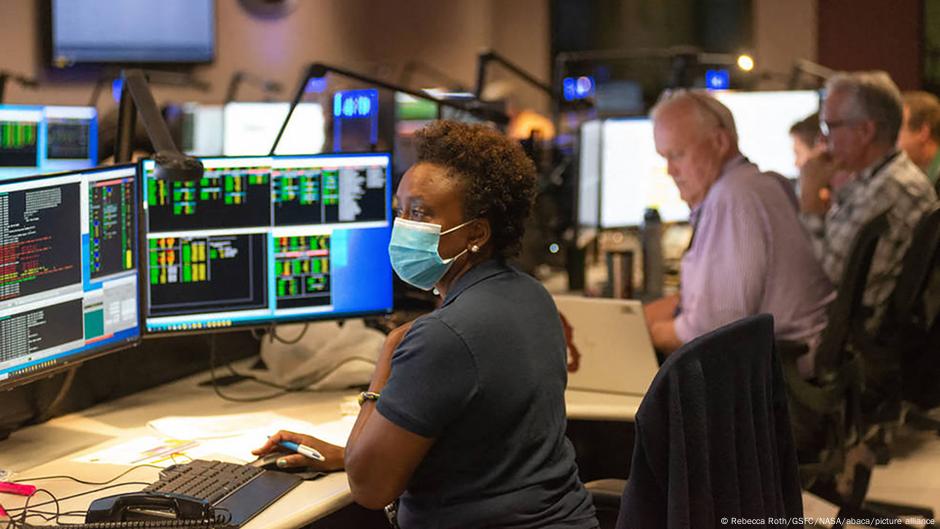




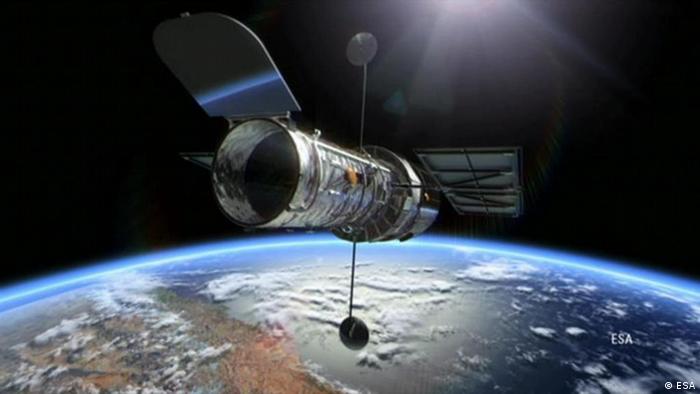
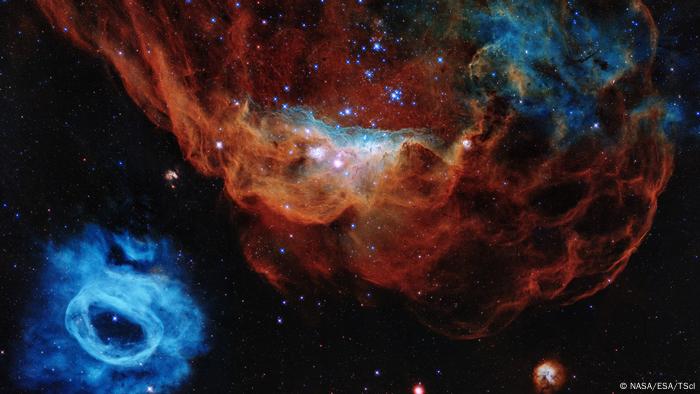
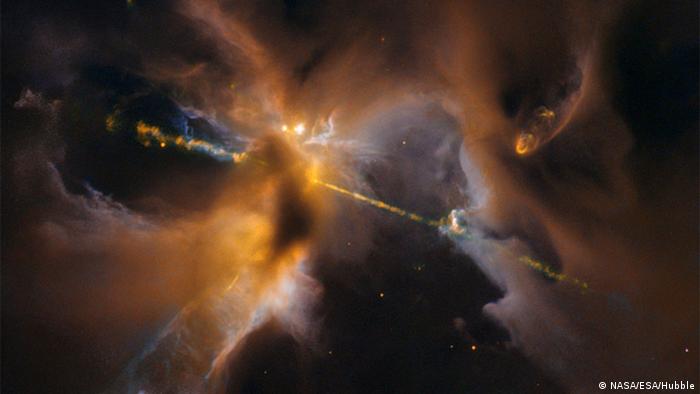
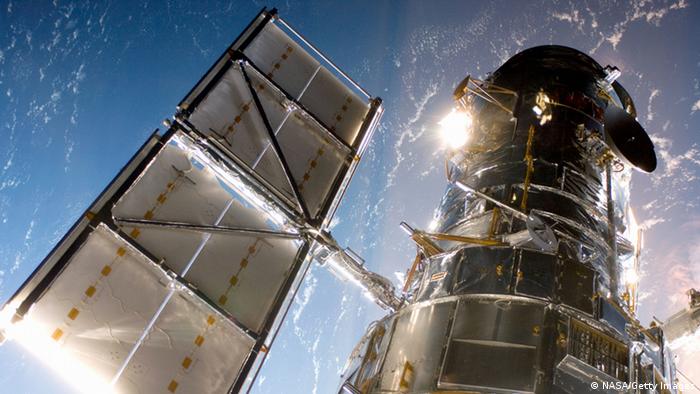
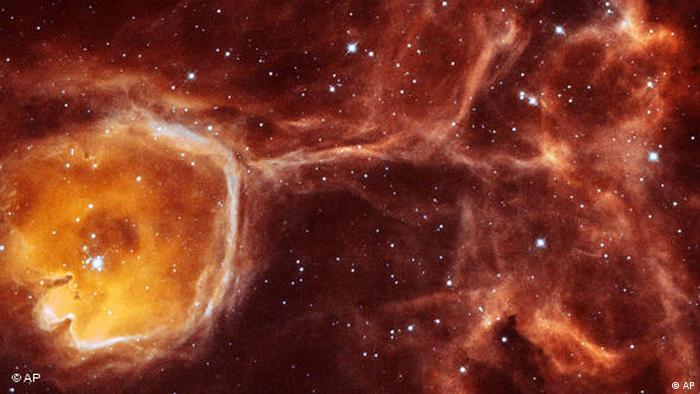
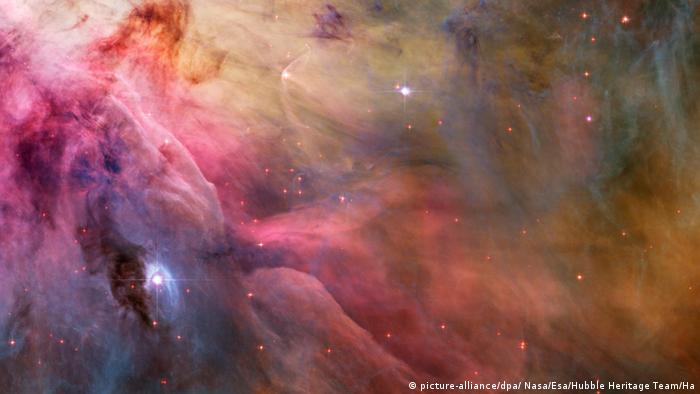
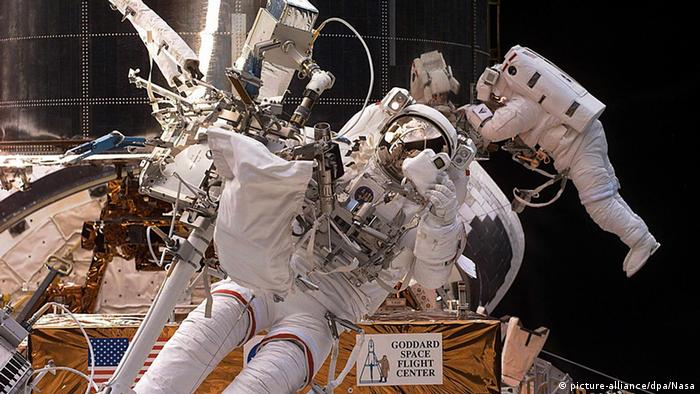
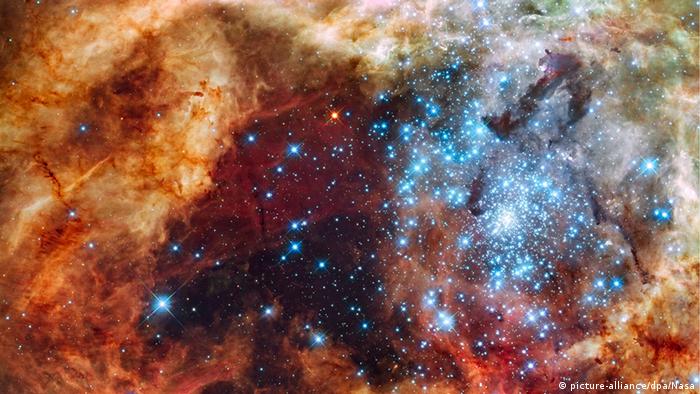
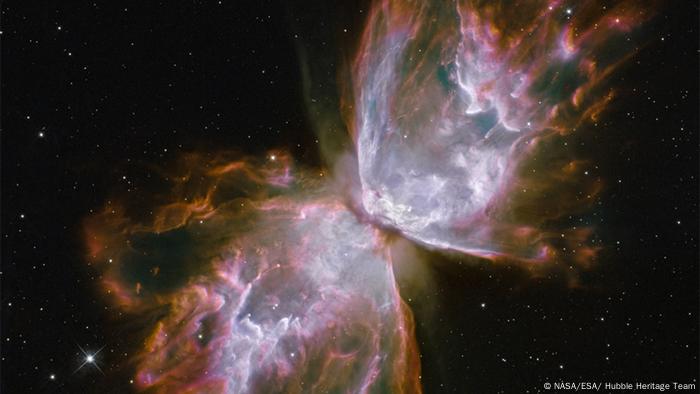
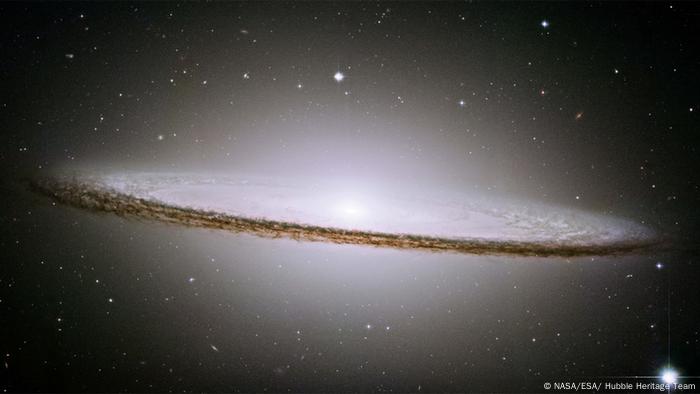
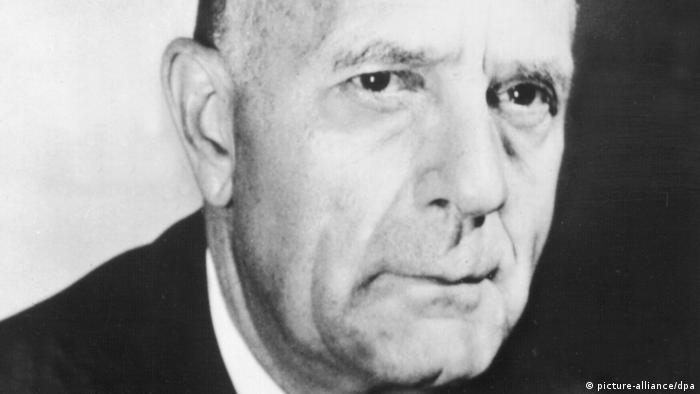
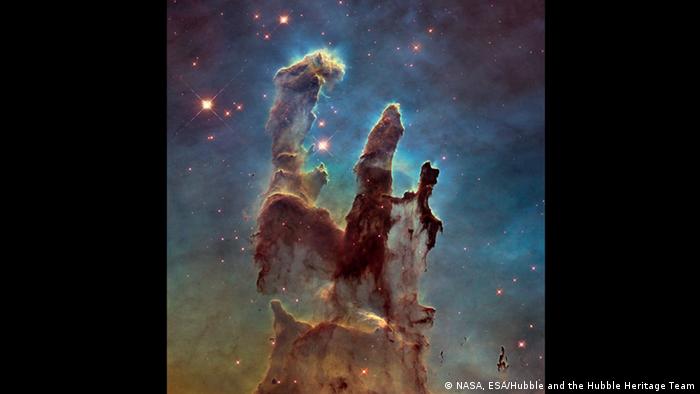
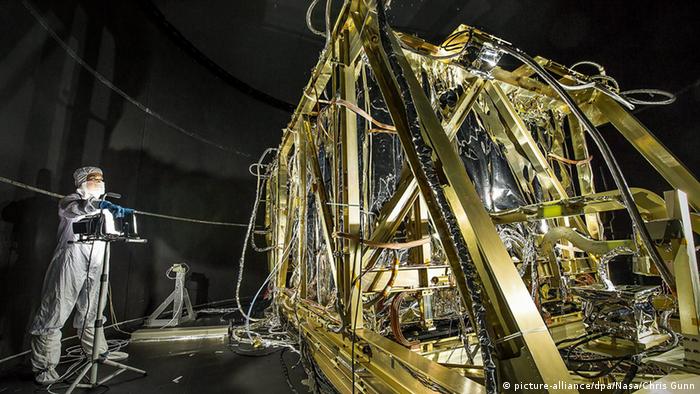
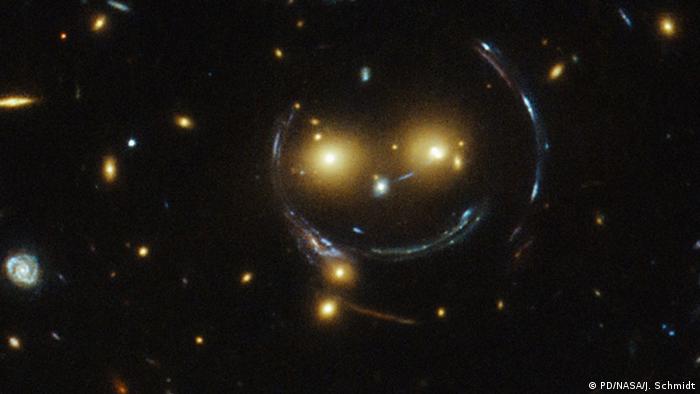

/cloudfront-eu-central-1.images.arcpublishing.com/prisa/AHVYMMDSTZDTDBFNZ3LMFUOKNE.jpg)




